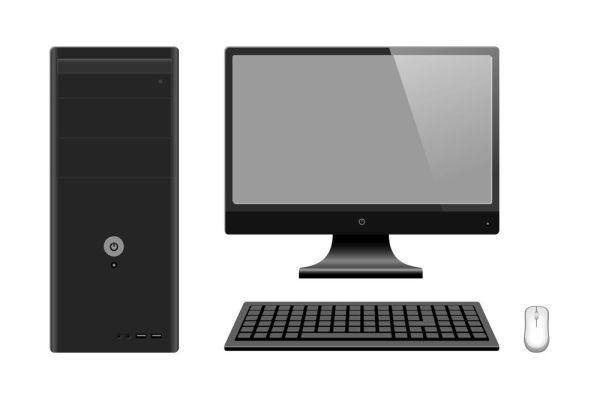Navigation

Related Post
Desktop
In IT, a desktop refers to the primary user interface of a computer, where applications, files, and tools are organized for easy access. It is the virtual space that appears on a monitor and allows the user to interact with the operating system and software.
The term “desktop” can also refer to a physical desktop computer, which is a personal computer designed to fit on or under a desk. In software terms, the desktop environment includes icons, menus, windows, and taskbars that help users navigate and manage tasks. Understanding the desktop is essential because it serves as the central point of interaction between the user and the computer system.
Desktop Hardware and Components
Desktop hardware refers to the physical parts of a desktop computer, including the monitor, keyboard, mouse, central processing unit (CPU), and storage devices. These components work together to run the operating system and software, enabling the desktop environment to appear on the screen. Hardware can be upgraded or replaced, allowing desktops to stay relevant over time and meet increasing performance demands.
The hardware setup typically includes ports for connecting devices, graphics cards for visual output, and cooling systems to maintain performance. IT teams often manage desktop hardware by ensuring proper configurations, performing upgrades, and troubleshooting physical issues. This makes desktops versatile and customizable machines for both business and personal use.
Operating Systems and Desktop Environments
The desktop experience is shaped largely by the computer’s operating system (OS), such as Windows, macOS, or Linux. Each OS offers its own desktop environment with unique layouts, features, and visual designs. For example, Windows uses the Start menu and taskbar, while macOS uses the Dock and Finder, and Linux offers choices like GNOME or KDE.
These environments provide visual interfaces that allow users to launch applications, organize files, and manage system settings without needing to write commands. The OS ensures that the hardware and software communicate smoothly, and updates to the OS often improve desktop features, security, and performance.
Software and Applications on the Desktop
Desktops provide a platform to run software applications such as word processors, spreadsheets, web browsers, graphic design tools, and specialized business programs. Shortcuts to these applications are often placed on the desktop screen for quick access, and icons provide visual clues to their functions.
Behind the scenes, applications rely on system resources like memory and processing power, which are managed by the operating system. IT professionals ensure that desktop software is properly installed, configured, and updated to prevent compatibility problems and improve efficiency. Productivity on a desktop is highly dependent on having the right mix of tools readily available.
Desktop Management and Support
In business settings, desktop management refers to IT teams’ processes to monitor, maintain, and secure desktop systems. This includes installing security updates, managing user permissions, backing up data, and troubleshooting software or hardware issues. Tools like Microsoft System Center Configuration Manager (SCCM) or remote desktop management software help streamline these tasks.
Support teams handle help desk requests when users experience desktop problems, offering solutions either in person or through remote access. Effective desktop management ensures systems remain secure, stable, and optimized, minimizing downtime and maximizing employee productivity.
Virtual Desktops and Remote Access
A virtual desktop extends the desktop environment concept by moving it to the cloud or a remote server. Using virtual desktop infrastructure (VDI), users can access their desktop from any device with an internet connection. This is especially valuable for remote work, enabling secure access to company resources without being tied to a physical machine.
Virtual desktops allow IT teams to centralize management, apply consistent security policies, and reduce the need for maintaining individual desktop hardware. Popular solutions include Citrix Virtual Apps and Desktops or Microsoft Azure Virtual Desktop, which help businesses offer flexible work environments.
Summary
- A desktop includes both the physical computer and the virtual interface for user interaction.
- The operating system shapes the desktop environment’s look, feel, and functionality.
- Applications on the desktop are essential for productivity and are supported by system resources.
- Desktop management ensures systems are secure, updated, and functioning correctly.
- Virtual desktops provide flexible, remote access, extending the desktop experience to the cloud.
Conclusion
The desktop remains a central computing element, combining hardware, software, and user interaction into a unified experience. Proper desktop management is key to maximizing both individual and organizational productivity.
Citrix VDI and virtual desktop solutions – 3 mins
